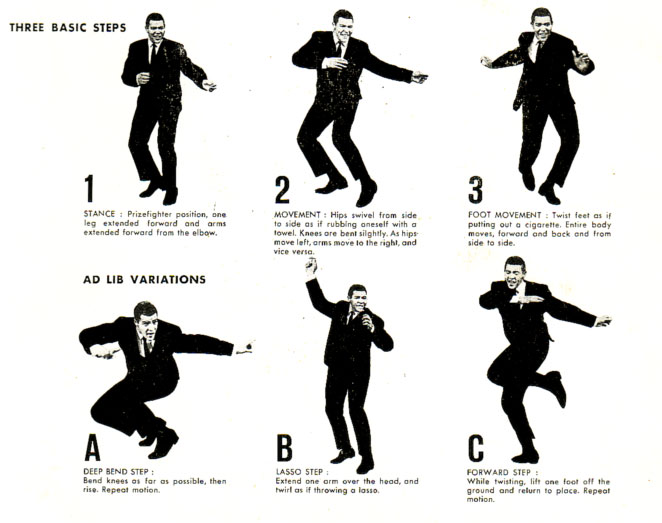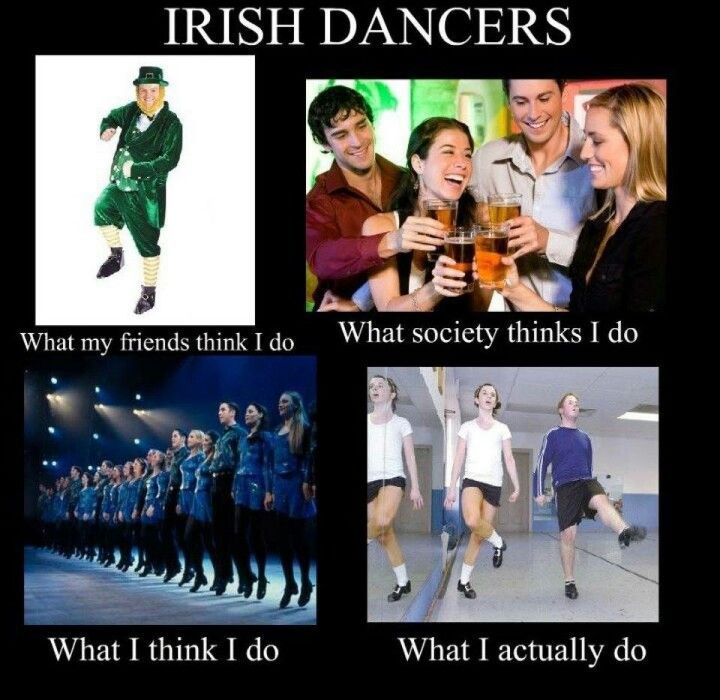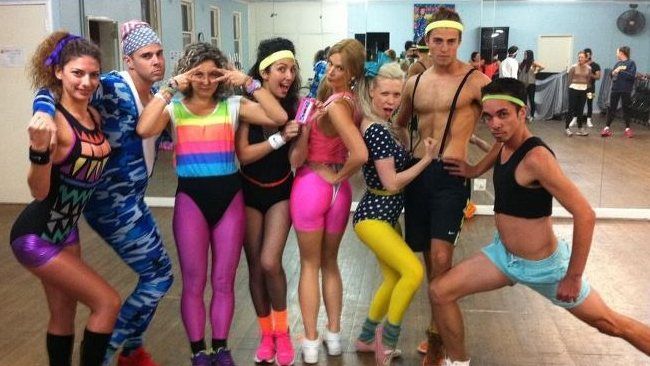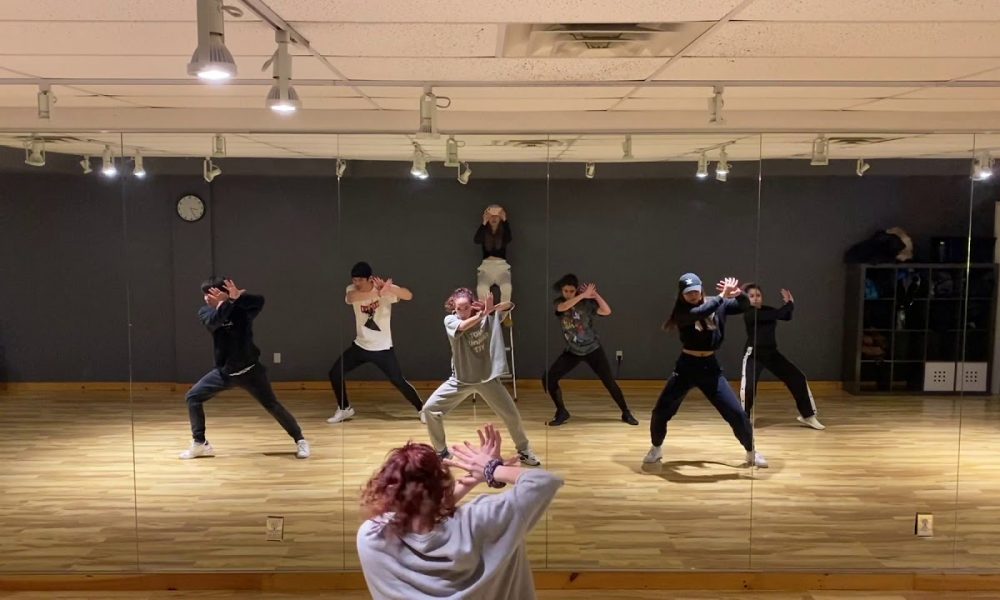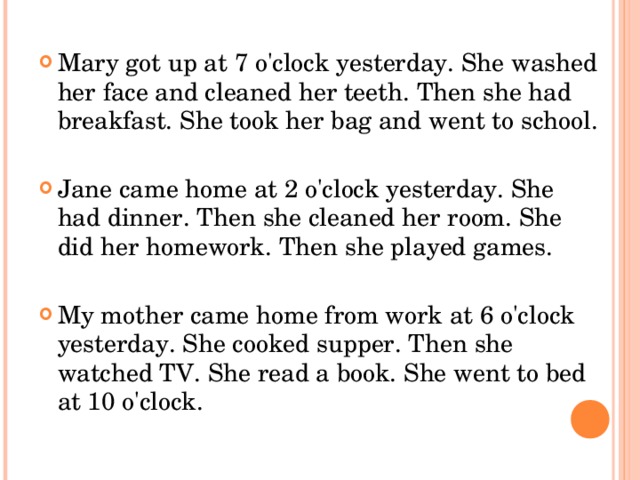How to do the twist dance
The Twist - Social Dance
The Twist
The twist is a classic social dance that people still have fun with today at weddings, proms, and special occasions with dancing involved. The song “The Twist” was written by Hank Ballard in 1955, but first played in 1959 after he saw teens dancing the twisting movements. This dance move was already discovered by teens before the move became famous. This social dance move became popular in the 1960’s because of the famous television show American Band Stand hosted by Dick Clark. One of the main characters in American Band Stand, Chubby Checker was hired to demonstrate the social dance “the Twist” to the song “The Twist.” After Chubby Checker performed the Twist on American Bandstand the social dance became an American favorite.
Maybe you’re wondering why this dance move created a phenomenon while other dancing styles did not. This social dance move traveled all over the world, but had a great impact on Americans because the Twist originated in the United States. The twist dance broke the gap between multiple generations of people dancing together. During the 1950’s dancing was seen as rebellious. Parents of children did not like or understand their “rock and roll” music, dancing, and change of hair and clothing. Once the twist was demonstrated older generations saw the effortlessness and innocence of the dance move. Everyone watched and learned how to dance the twist on American Band Stand so the dance move became trendy. The history before the Twist had a major impact on the popularity of the dance, but the simplicity of the dance move was also a factor.
Everyone can enjoy dancing the Twist because the twist involves simple movements of rotating your hips and arms. The twist was ultimately derived from the dance the Lindy Hop. An easy way to remember how to dance the twist is to “just pretend to drop a cigarette stub on the ground, place the ball of your foot over this imaginary cigarette and twist it to and fro as if putting it out [a] t the same time place an imaginary bath towel behind your back and pull it from side to side as though drying your 'butt'” ("How to Jive"). This dance style is considered a social dance because a group of people can enjoy dancing together with or without a partner. The twist is usually danced with another person beside you, but their is no pressure of having a partner because the Twist does not involve touching another person. A plus of this dance movement is that people can dance to any song they would like. The twist dance movements are not limited to just the one song “The Twist.” Since the Twist has been proven to be so popular song artists have created other songs to dance this style to such as “Twist and Shout” written by Phil Medley and Bert Russell and performed by the Beatles. Dance moves that were created during this time period, but have proved to not be as popular as the Twist includes the mashed potato, the monkey, the swim, and the funky chicken.
This dance style is considered a social dance because a group of people can enjoy dancing together with or without a partner. The twist is usually danced with another person beside you, but their is no pressure of having a partner because the Twist does not involve touching another person. A plus of this dance movement is that people can dance to any song they would like. The twist dance movements are not limited to just the one song “The Twist.” Since the Twist has been proven to be so popular song artists have created other songs to dance this style to such as “Twist and Shout” written by Phil Medley and Bert Russell and performed by the Beatles. Dance moves that were created during this time period, but have proved to not be as popular as the Twist includes the mashed potato, the monkey, the swim, and the funky chicken.
I chose to write about this dance style because I believe the twist gives people an idea about how dance socially has developed overtime. People of all ages show interest in social dancing because during the past and present new dance moves are created such as the prim and proper dance form of the waltz to now the ever popular Soldier Boy dance. The twist is another example of how dancing in the American culture is important to us.
People of all ages show interest in social dancing because during the past and present new dance moves are created such as the prim and proper dance form of the waltz to now the ever popular Soldier Boy dance. The twist is another example of how dancing in the American culture is important to us.
For me the Twist is something that I look forward to doing when I am at a dance party. This dance is still popular today because just like in history the Twist is simple and everyone can enjoy dancing together. The first thing I can think of when I hear “the twist” is laughing and smiling because this dance brings joy to everyone who participates. I think the most important reason why the twist became so popular is because my grandparents, parents, younger cousins, and friends of all ages know immediately what to do when the song “the Twist” plays on our CD players. The social dance allows bonding in a fun and childish manner.
While participating at many dance parties I have come to see how the Twist became an ever popular dance. The unknown teens that created this dance move were out to have a good time while listening to their favorite music. The teens could socialize with each other as a group as they danced to the Twist. Chubby Checker formed a dance craze after débuting the Twist on one of American’s favorite television shows, American Bandstand. When the producers of the show allowed the Twist to be on the show they knew that this social dance move would create a phenomena in the dance world. The Twist captures many elements in a fun dance for generations of people that make the dance accepted such as simplicity, entertaining, and innocence.
The unknown teens that created this dance move were out to have a good time while listening to their favorite music. The teens could socialize with each other as a group as they danced to the Twist. Chubby Checker formed a dance craze after débuting the Twist on one of American’s favorite television shows, American Bandstand. When the producers of the show allowed the Twist to be on the show they knew that this social dance move would create a phenomena in the dance world. The Twist captures many elements in a fun dance for generations of people that make the dance accepted such as simplicity, entertaining, and innocence.
How to Do the Twist Dance
Tap to Read ➤
Batul Nafisa Baxamusa
The Twist is a dance move which started in the 1960s and became a craze all over the world. It is easy, fun, and can be a good exercise. This story lists some simple moves to do this dance.
It is easy, fun, and can be a good exercise. This story lists some simple moves to do this dance.
The impromptu dance moves made by Hank Ballard and his boys while playing his song 'The Twist', in 1959, gave birth to a new dance form called the Twist. Dick Clark, the American DJ and host for American Bandstand, stirred up the local Philadelphia label, Cameo/Parkway to launch their version of the song.
They roped in Chubby Checker, an upcoming singer, to tape the song. Chubby Checker's twist record made the 60s generation groove to the twist moves. One can dance to these moves alone or with a partner. It's great fun when a large group of people do it together.
This dance form caught the fancy of not only the teens, but also their parents, because anyone could do it without much effort. Many twist songs were recorded and they all became bestsellers. In the UK, The Beatles with their Twist and Shout, and the Swinging Blue Jeans with their hit song Hippy Hippy Shake, gave an additional momentum to the Twist culture.
Many twist songs were recorded and they all became bestsellers. In the UK, The Beatles with their Twist and Shout, and the Swinging Blue Jeans with their hit song Hippy Hippy Shake, gave an additional momentum to the Twist culture.
The dance moves are very similar to the ones involved in rock and roll. The craze for this dance move slowly faded as either people overdid it, or there were no new steps introduced. The steps involved in dancing the Twist are as follows.
Step 1: Stand with your feet one or two feet apart. Your right foot should be slightly forward than the left. You should shift your weight from your right leg to your left as you twist.
Step 2: Hold your arms away from the body, slightly bent at the elbows. The arms help to twist your body side to side.
The arms help to twist your body side to side.
Step 3: Just as you unscrew a bottle cap, twist your waist, hips, and legs from left to right. Keep your arms stationary and move on the balls of your feet.
Step 4: As you twist, lean your body forward towards the front leg and then bend backwards, shifting your weight on the back leg, as you continue to twist.
Step 5: If you can, squat to the dance floor as you twist and move back up. You can twist with different speeds and intensities, according to the rhythm of the music. You can also jump in the air slightly and bend one leg to add style.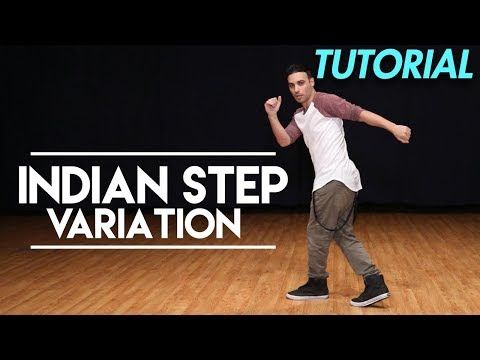
Some of the famous songs which had the 60s generation twisting are as follows.
- Hank Ballard and the Midnighters (1960) - The Hoochi Coochi Coo
- Chubby Checker (1961) - Let's Twist Again
- Sam Cooke (1962) - Twistin' the Night Away
- Elvis Presley (1963) - Bossa Nova Baby
- Rufus Thomas (1964) -Somebody Stole My Dog
- Junior Walker and the All Stars (1965) - Do the Boomerang
- The Olympics (1966) - Baby, Do the Philly Dog
- Wilson Pickett (1967) - Funky Broadway
- Rufus Thomas (1970) - (Do the) Push and Pull, Part 1
The twist is one of the easiest dance forms which does not require any formal training.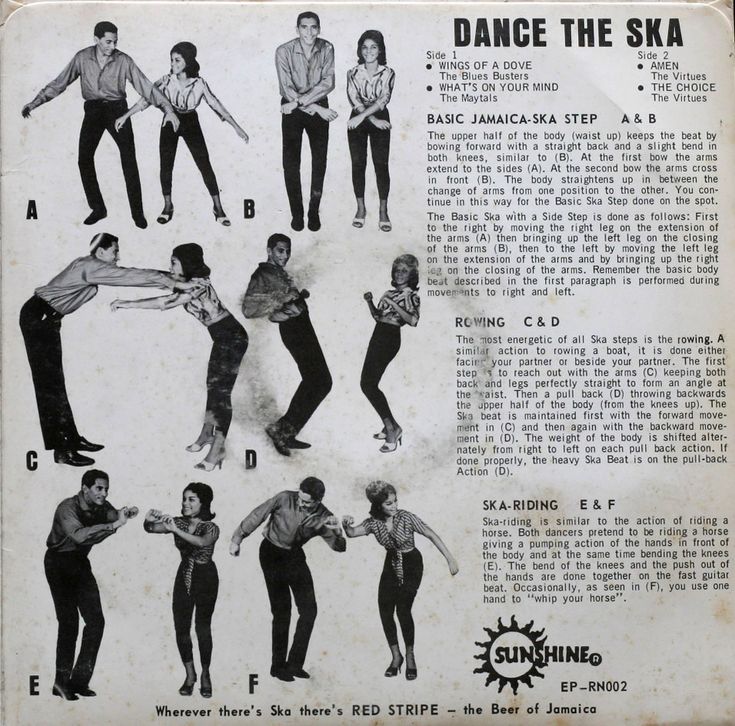 You can do it by standing in one place or moving up and down. You can clap as you twist or sway your hands as if trying to wipe a board clean with a duster.
You can do it by standing in one place or moving up and down. You can clap as you twist or sway your hands as if trying to wipe a board clean with a duster.
Move your feet on the floor as if grinding the floor or killing a bug. You can add your own moves to create a new step. Once you get it right, there is nothing that can stop you from having fun with the 'Twist'.
More Web Stories
Who invented the twist? | Culture
However, “according to the passport” the inventor of the twist was called differently - Ernest Evans. He came from a poor Negro family living in South Philadelphia. Like many young people of that time, Ernest raved about rock and roll, and, like many poor young people, he worked in a supermarket.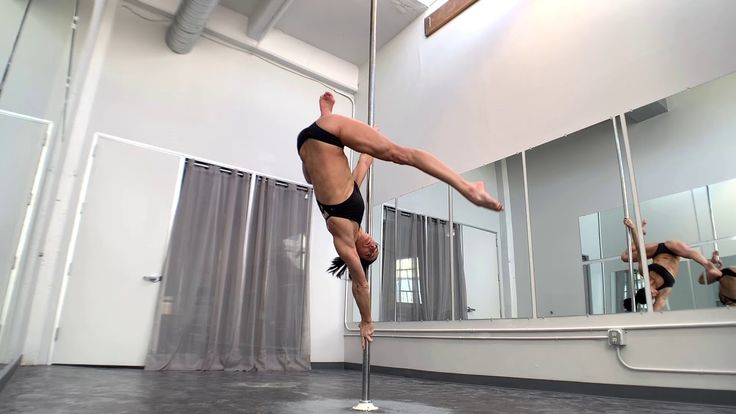 True, there he not only plucked chickens, but also gave impromptu concerts, parodying either Elvis Presley or Fats Domino.
True, there he not only plucked chickens, but also gave impromptu concerts, parodying either Elvis Presley or Fats Domino.
The talented kid so charmed his boss, store owner Henry Colt, that he set him up with his influential acquaintance, TV presenter Dean Clark. Dean Clark helped Ernest get a record deal, and his wife came up with a sonorous pseudonym for Ernest. The pseudonym was a parody of the name of rock idol Fats Domino. If fat meant “fat”, then chubby meant “chubby” (ironically, the inventor of energetic dance was always inclined to be overweight). Well, as a response to domino, the surname checker appeared - "checkers", which also noted the performer's love for checkered suits.
Chubby Checker's first single went unnoticed. Such a fate could await the second single, on which the famous song "The Twist" was recorded. I must say, the song was someone else's - a year ago it was already released by Hank Ballard. The release company, against the wishes of Chubby Checker, placed it on the back of the record (the so-called b-side - "load" to the main hit). Then Checker decided to "promote" the song himself and began to actively perform it at performances and TV shows. It was on the TV show, hosted by the aforementioned Dean Clark, that the famous phrase was uttered and a new dance announced.
I must say, the song was someone else's - a year ago it was already released by Hank Ballard. The release company, against the wishes of Chubby Checker, placed it on the back of the record (the so-called b-side - "load" to the main hit). Then Checker decided to "promote" the song himself and began to actively perform it at performances and TV shows. It was on the TV show, hosted by the aforementioned Dean Clark, that the famous phrase was uttered and a new dance announced.
They write that Dean Clark was rather conservative and did not like rock and roll dances, where girls were grabbed, twisted and tossed up, lifting up Dior's puffy skirts. The word “Twist” itself, in principle, also meant “torsion, spinning”, but now the partner could spin and spin himself. The world has never seen such a democratic and self-sufficient dance. The figures were simple - jerk back and forth with your hands, wiggle back and forth with your back, trample cigarette butts with your feet. There was only one obligatory condition: the dancer must touch the ground with at least one foot, that is, jumps were excluded.
There was only one obligatory condition: the dancer must touch the ground with at least one foot, that is, jumps were excluded.
Twist partners are optional, and even if they are, it is not necessary to synchronize movements with them. The girls were especially happy. Now I didn't have to wait for someone's invitation if I wanted to dance.
Checker tried not in vain - they say that during the promotion of his song he threw off a dozen kilograms. On September 19, 1960, the single from "The Twist" topped the 1st spot on Billboard. Early 1962 years old, he again landed in first place. At the same time, an even more killer hit was released - "Let's twist again" - as for me, much better and more groovy than the first "Twist". I will give a translation of this song, although, as you will understand, it is not at all obligatory.
(translated by Oleg Lobachev)
Hey all of you!
Clap your hands!
You look good!
I will sing my song.
It won't take long!
We will dance the twist.
Like this
Let's do the twist again
How we danced last summer.
Let's dance the twist again,
How we danced last year.
Do you remember the time when
Life was in full swing?
Let's dance the twist again,
It's time for the twist!
We're spinning this way and that,
We're dancing again!
Oh baby let me know
That you love me so much
And then
Dance the twist again,
How we danced last summer.
Let's dance the twist again,
How we danced last year.
Who is that flying up there?
Is that a bird? Not!
Is this an airplane? Not!
Is that a twist dancer? Yes!
Let's do the twist again,
It's time for the twist!
Twistomania has gripped the whole world. The twist was danced by the Dukes of Windsor, and Greta Garbo, and Jacqueline Kennedy. Checker advertised anything with a twist - from clothes to cakes, which were offered to be "twisted in the hands" before being eaten. On the wave of success, films about the twist with the participation of Checker were released - for example, "Twist Around The Clock" ("Twist around the clock"), whose title openly referred to the sensational film "Rock Around the Clock", which opened the era of rock and roll .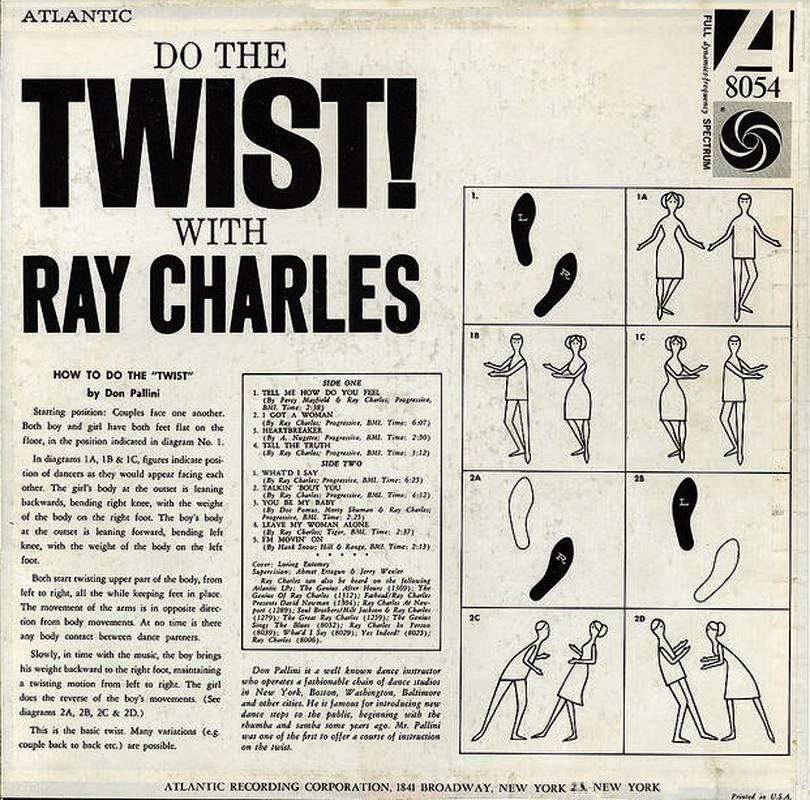
The twist also reached the Soviet Union, and, like everything new that came from the West, it seemed wild and suspicious. However, in the West, he caused a wave of indignation. Here is a complaint from dance teacher Mr Stetson to BBC reporters: “Knees and pelvis are used in such a way that the dancer makes very obscene movements. Also, I strongly object to the unpairedness of such a dance. A girl should not go out on the dance floor without a partner and demonstrate herself in a way that is completely unworthy for British dance halls.
On one sixth of the land, Comrade Khrushchev echoed him in his usual manner: “What is the name of this dance then?.. Whistling or whistling? Twist? Well, what is it?! They say there is a sect - shakers. Yes, yes, there is one. Shakers!!! I know this from the works of Chekists. They are doing it. I didn't see them, but they told me what kind of sect it was... They say they dance like that!!! That is, to the point of frenzy, you know. Then they fall, you know. And this is a dance?! Why should we give up our folk dance? I'm not saying: Russians, Ukrainians. Take Uzbeks, Kazakhs, any peoples - their dance is smooth, beautiful. And this, listen, this is indecent!!! Make such gestures with certain parts of the body !!! It's indecent in society. And is this new?! I think, comrades, let's still stand up for the old days. Yes, old. To not succumb to this decadence. I don't know what the hell to say here."
Yes, yes, there is one. Shakers!!! I know this from the works of Chekists. They are doing it. I didn't see them, but they told me what kind of sect it was... They say they dance like that!!! That is, to the point of frenzy, you know. Then they fall, you know. And this is a dance?! Why should we give up our folk dance? I'm not saying: Russians, Ukrainians. Take Uzbeks, Kazakhs, any peoples - their dance is smooth, beautiful. And this, listen, this is indecent!!! Make such gestures with certain parts of the body !!! It's indecent in society. And is this new?! I think, comrades, let's still stand up for the old days. Yes, old. To not succumb to this decadence. I don't know what the hell to say here."
Everything new and shocking is gradually becoming familiar. Why cancan - a frankly vulgar and indecent dance - and then it got accustomed, settled down. The same thing happened with Twist after the departure of the expressive Soviet leader.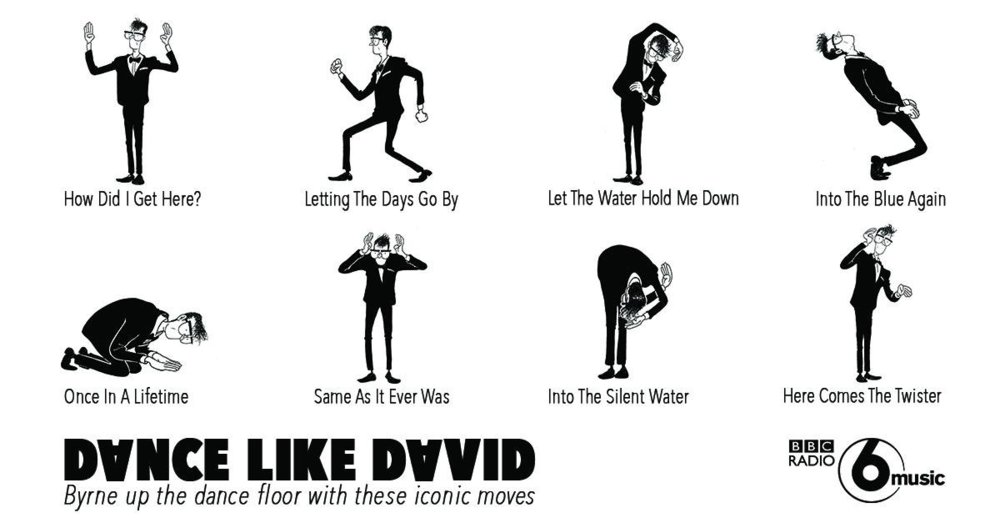 At the "Blue Light" in 1966, comedians Livshits and Levenbuk openly ridiculed the persecution of the twist and themselves, as they say, "lit" to the music of Arno Babajanyan. Well, a year later, the characters of the “Prisoner of the Caucasus” were already famously dancing the twist.
At the "Blue Light" in 1966, comedians Livshits and Levenbuk openly ridiculed the persecution of the twist and themselves, as they say, "lit" to the music of Arno Babajanyan. Well, a year later, the characters of the “Prisoner of the Caucasus” were already famously dancing the twist.
From a speech by Livshits and Levenbuk, 1966:
“There are administrators who can remove you from the site for a twist. Or write to the local committee at the place of work. Or even worse: in the window "Do not pass by!" they will hang a photograph of the dancer, and the signature below: “Remember! The one who dances the twist is a parasite and an imperialist! What to do? There is a way out. If such an administrator comes up to you and forbids you to dance the twist, you say: “This is not a twist. This is a new student dance, each movement of which symbolizes the glorious work of our student. This movement symbolizes the polishing of the floors in the hostel on the principle of self-service.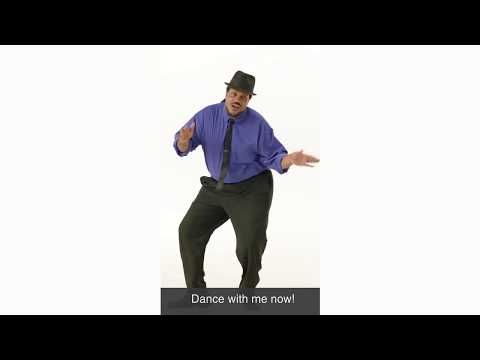 And this is how (they make passes with their hands) our students sit behind books every day. And so (another hand pass) our students work on the virgin lands. And this is how (lifting their heads) our students follow the flight of the satellite. And so (they pull their feet forward) they are parasites.
And this is how (they make passes with their hands) our students sit behind books every day. And so (another hand pass) our students work on the virgin lands. And this is how (lifting their heads) our students follow the flight of the satellite. And so (they pull their feet forward) they are parasites.
What about Chubby Checker? As expected, the wave of twistomania subsided, giving way to “Beatlemania” by 1964. However, from time to time, the twist now and then surfaced from the depths of oblivion. In 1975, the re-released single "Let's twist again" again hit the top ten in the British charts. In 1987, Chubby Checker revived "The Twist" again, performing it along with ... rappers from THE FAT BOYS. At 19In '88, he had already performed it at the Super Bowl. In 1994, the twist was remembered thanks to the movie "Pulp Fiction", where John Travolta and Uma Thurman famously danced it (although they danced to Chuck Berry's "You Never Can Tell").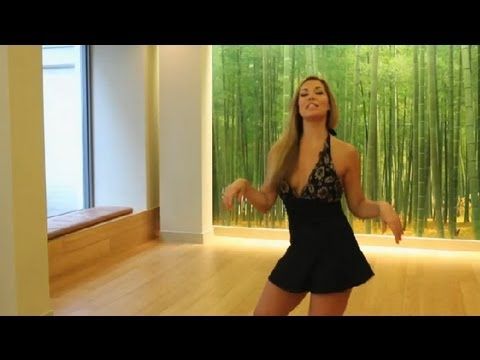
In general, the twist is alive. Chubby Checker is also alive, who is still "chubby", for which, apparently, he maintains a small restaurant. This year, the inventor of the twist will turn 70 years old.
Tags: musicians, fashion, music, dancing, story, twist
Dance Twist
Twist (eng. twist - wrap around, twist, spin) - a dance of a rock and roll group. Appeared in 1960 thanks to the American singer Chubby Checker, who performed the song "The Twist" by X. Ballard (English) (1959) and proposed a new version of the dance to this song. Became known for his performances Chubby Checker on television shows Dick Clark. It has become widespread among young people in many countries of the world in 1960s
Ballard (English) (1959) and proposed a new version of the dance to this song. Became known for his performances Chubby Checker on television shows Dick Clark. It has become widespread among young people in many countries of the world in 1960s
Dance Twist
Twist bright and effective.
The main elements of this style are rotations, which are carried out with the foot standing on the heel or toe. When dancing the Twist, it is important to be able to properly transfer your own weight, keep your balance and feel the rhythm - then the performance will look incendiary and energetic.
Twist is also one of the dances of the Ye! The popular musician D. Holiday in the USA, speaking on stage, often included this exclamation in songs, as a result of which this name was born.
The history of the Twist style began in 1961. It was then that Chebbi Checker performed his own invented dance on television, and gave a complete description of how to perform movements similar to extinguishing a cigarette butt.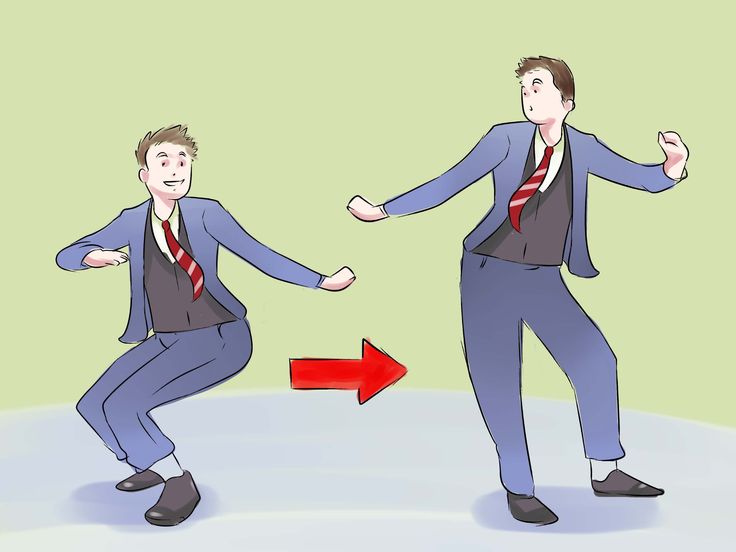 To perform these simple elements did not require a partner, which brought him even more popularity. Europe, the whole USSR - everyone danced the Twist.
To perform these simple elements did not require a partner, which brought him even more popularity. Europe, the whole USSR - everyone danced the Twist.
The style gained popularity in the West with the help of radio broadcasts and dance studio shows. And so Twist gained such popularity that not a single holiday was held without its performance. In addition, the dance made it possible for the ladies, who were patiently waiting for the invitation of the gentleman, to dance on their own without a partner.
From the outside, the elements of dance Twist seem easy and not difficult, but recently a huge number of new movements have been included in the traditional complex of elements.
After some time, styles with similar elements and movements began to appear: slop , halli-galli , sef , etc. This happened in the seventies, then there was a real revival when one of the above styles began to play .